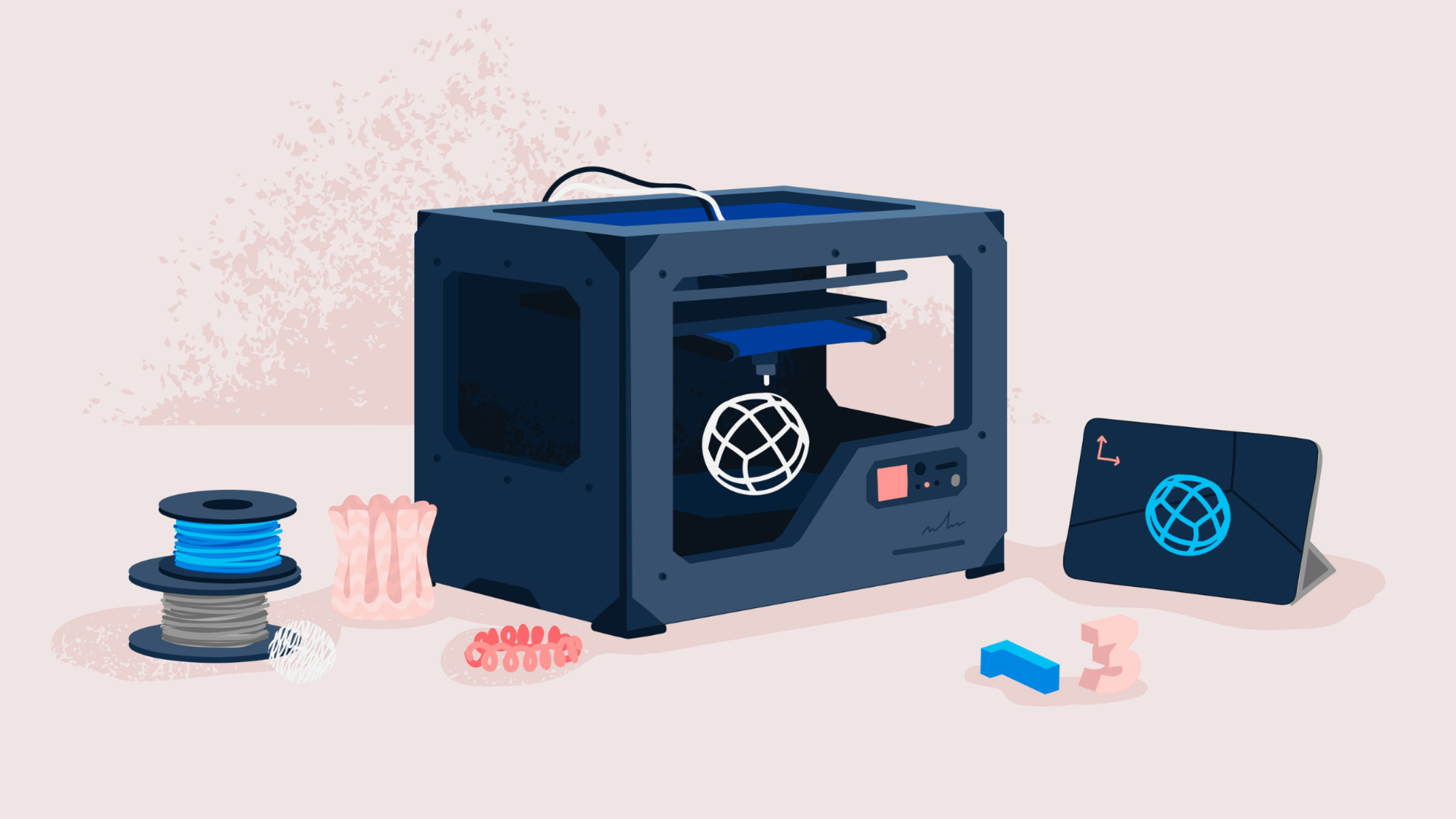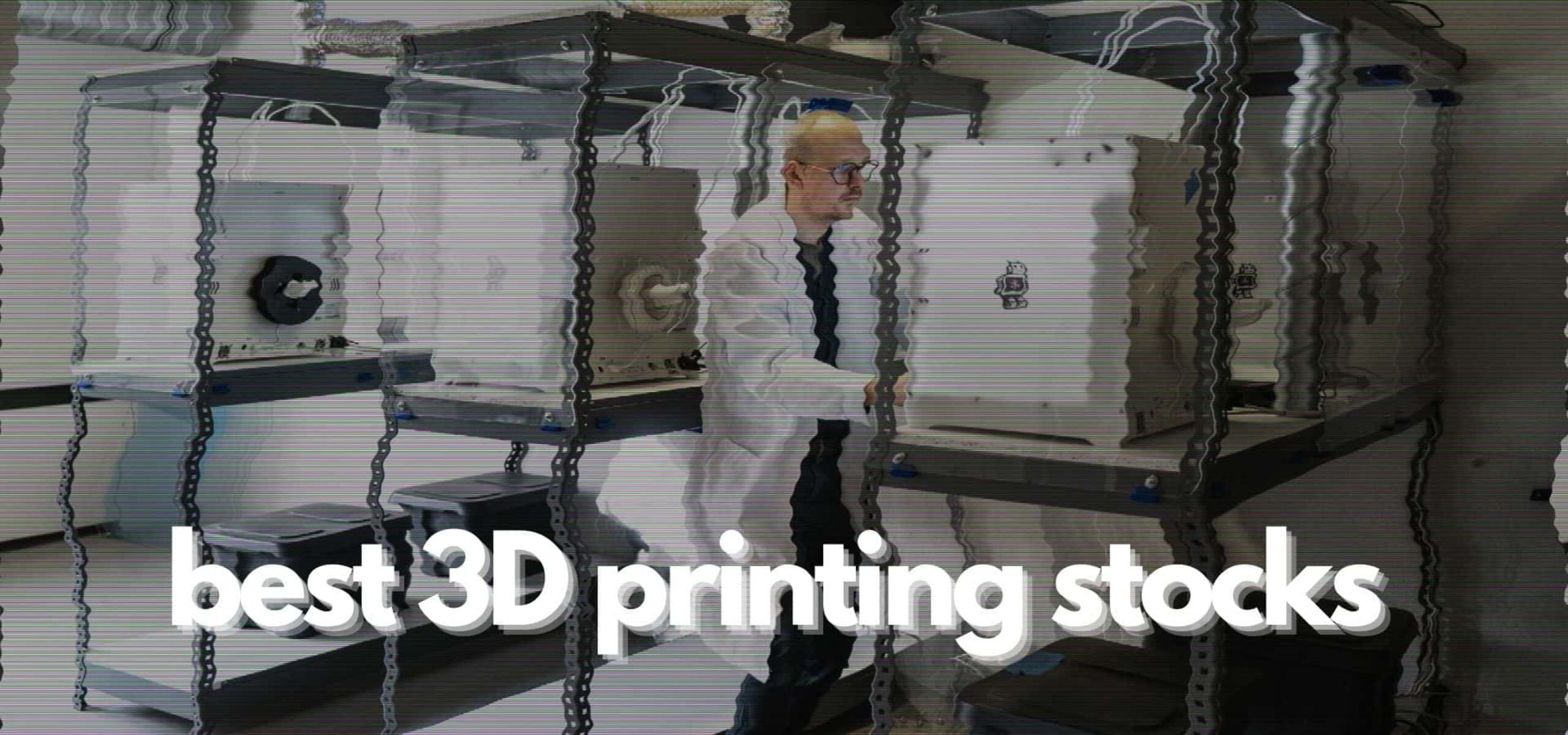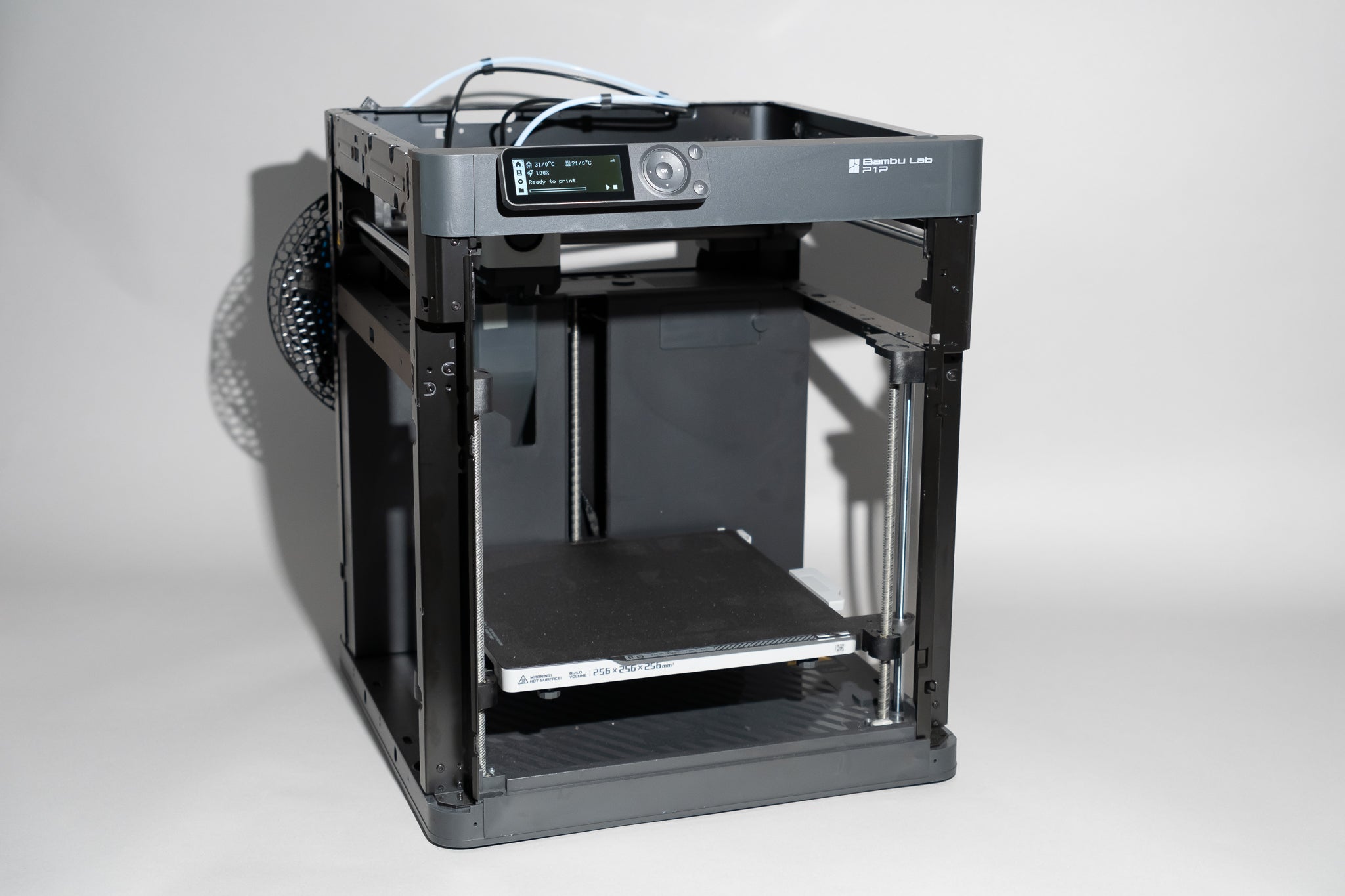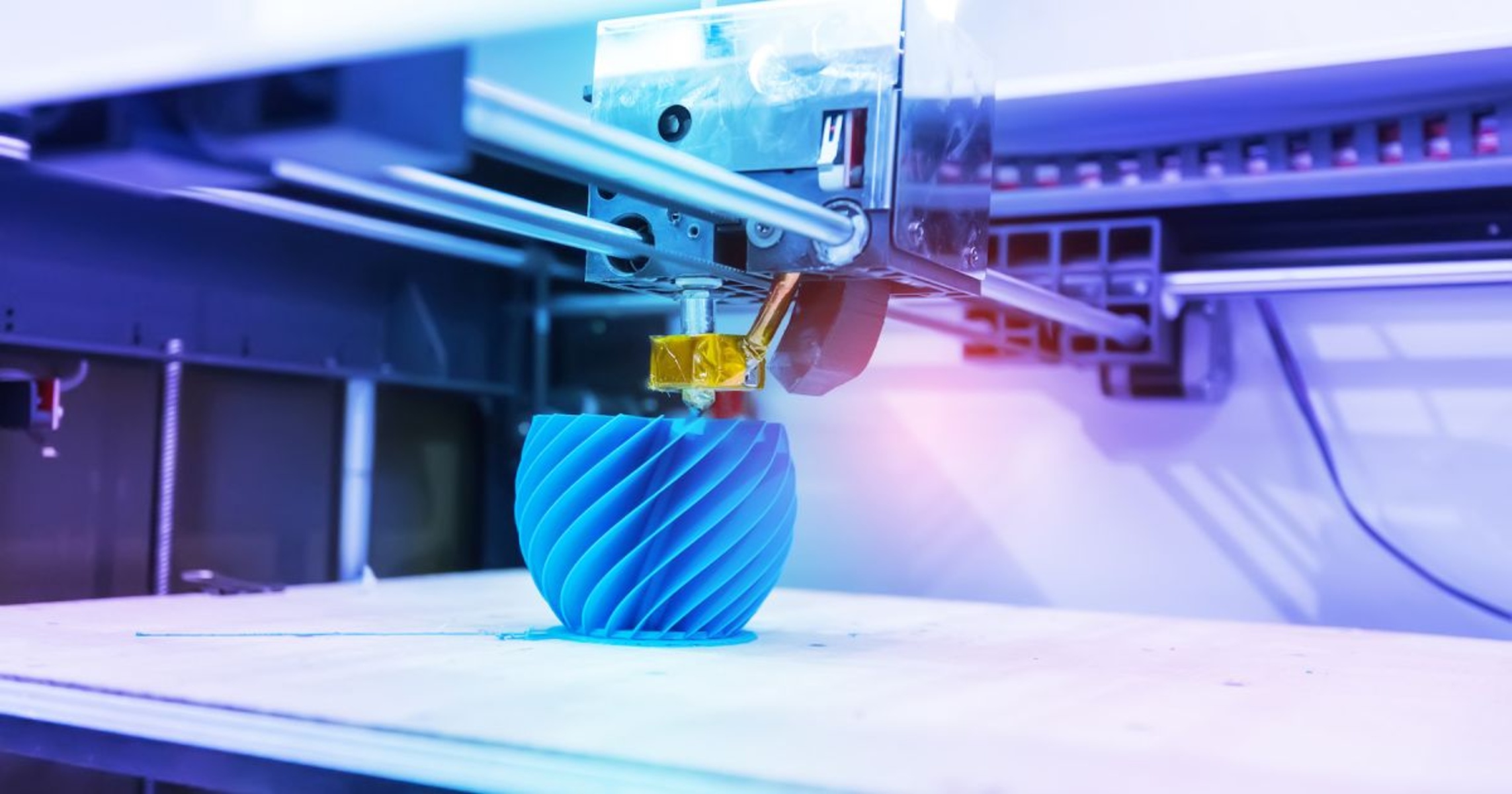Introduction
The 3D printing industry has witnessed exponential growth in recent years, revolutionizing various sectors such as healthcare, automotive, aerospace, and manufacturing. This innovative technology involves the creation of three-dimensional objects by layering materials based on a digital model. As the demand for customized, on-demand production increases, so does the number of companies jumping into the 3D printing market. In this article, we will explore how many 3D printing companies currently exist and discuss the major players, types of companies, and their geographic locations.
The 3D printing industry has attracted attention from both established corporations and ambitious startups, all striving to become leaders in this cutting-edge field. With advancements in technology and affordability, 3D printing has become more accessible, opening up opportunities for entrepreneurs and enthusiasts to explore its vast potential. The increasing adoption of 3D printing across industries has led to the emergence of numerous companies catering to the diverse needs of their clients.
In this era of rapidly changing technologies, keeping track of the number of 3D printing companies can be a daunting task. The industry landscape is dynamic, with new companies entering the market and some older ones exiting due to various factors, such as mergers, acquisitions, or shifts in business focus. Nevertheless, we can provide a snapshot of the current state of the industry and highlight some key players and categories.
Major Players in the 3D Printing Industry
The 3D printing industry is dominated by several major players who have established themselves as leaders in the field. These companies have made significant contributions to advancing the technology and have a strong foothold in multiple sectors. Let’s take a look at some of the key players in the 3D printing industry:
1. Stratasys: Stratasys is a global leader in the 3D printing industry, offering a wide range of additive manufacturing solutions. They provide 3D printers, materials, and software for various industries, including aerospace, automotive, healthcare, and consumer products. Stratasys has a strong focus on innovation and has been instrumental in developing new materials and technologies for 3D printing.
2. 3D Systems: 3D Systems is another major player in the industry, offering a comprehensive portfolio of 3D printers, materials, software, and services. They cater to a variety of sectors, including aerospace, automotive, healthcare, and jewelry. 3D Systems is known for its expertise in both industrial and desktop 3D printing solutions and has a strong global presence.
3. EOS: EOS is a German company that specializes in advanced metal and polymer 3D printing solutions. They provide industrial-grade additive manufacturing systems for various industries, such as aerospace, medical, and tooling. EOS is renowned for its high-quality and reliable 3D printing technology, enabling the production of complex and functional parts.
4. HP: HP, a well-known name in the printing industry, has ventured into 3D printing with its Multi Jet Fusion technology. They offer industrial-grade 3D printers capable of producing functional parts at high speed and with precise detail. HP’s entrance into the 3D printing market has brought renewed attention to the technology and has the potential to disrupt traditional manufacturing processes.
5. Materialise: Materialise is a Belgian company focusing on software solutions for 3D printing. They provide software tools for design optimization, process automation, and quality control, enabling efficient and accurate 3D printing workflows. Materialise is also involved in medical applications of 3D printing, including surgical planning and patient-specific implants.
These are just a few of the major players in the 3D printing industry, each bringing their unique offerings and expertise. It’s important to note that the industry is constantly evolving, with new players emerging and existing ones adapting to technological advancements and market demands. As 3D printing continues to expand its reach, we can expect to see further developments from these major players and others entering the market.
Types of 3D Printing Companies
In the vast landscape of the 3D printing industry, various types of companies have emerged to cater to different needs and applications. These companies specialize in specific aspects of 3D printing, providing focused solutions and expertise. Let’s explore some of the common types of 3D printing companies:
1. Hardware Manufacturers: Hardware manufacturers are companies that design, develop, and produce 3D printers and related components. They focus on the manufacturing process, ensuring that the printers are reliable, efficient, and capable of producing high-quality prints. These companies often offer a range of 3D printers, catering to different scales, technologies, and applications.
2. Material Suppliers: Material suppliers play a crucial role in the 3D printing ecosystem. They develop and provide a wide range of materials that can be used in 3D printing, such as plastics, metals, ceramics, and composites. These companies invest in research and development to create new materials with desirable properties, enabling users to print objects with specific characteristics like strength, flexibility, or transparency.
3. Software Providers: Software providers focus on developing software tools that facilitate the design, modification, and optimization of 3D models for printing. They offer a range of software solutions, including computer-aided design (CAD) software, slicing software, and simulation tools. These companies aim to simplify the 3D printing workflow, enhancing user experience and enabling efficient and accurate print preparation.
4. Service Bureaus: Service bureaus, also known as 3D printing service providers or print houses, offer on-demand 3D printing services to individuals and businesses. They have a fleet of 3D printers and a wide range of materials, allowing customers to upload their 3D models and have them printed and delivered. Service bureaus cater to those who require occasional 3D printing without the need to invest in their own equipment.
5. Consulting and Training: Consulting and training companies provide guidance and expertise in implementing 3D printing technologies. They offer consulting services to help businesses understand the potential benefits and challenges associated with 3D printing adoption. These companies also provide training programs and workshops to educate individuals and organizations on how to effectively use 3D printing in their respective industries.
6. Startups and Innovators: Startups and innovators are driving the growth and advancement of the 3D printing industry. These companies focus on exploring new technologies and applications, pushing the boundaries of what is possible with 3D printing. They bring fresh ideas, disruptive technologies, and unique solutions to the market, shaping the future of additive manufacturing.
These are just a few examples of the types of 3D printing companies that exist today. The industry continues to evolve, with new types of companies emerging as technology advances and new applications are discovered. Each type of company plays an important role in the ecosystem, contributing to the overall growth and development of the 3D printing industry.
Startups and Emerging 3D Printing Companies
In addition to the established players, the 3D printing industry is brimming with startups and emerging companies that are making significant contributions to the field. These companies are often characterized by their innovative approaches, disruptive technologies, and niche market focus. Let’s explore the world of startups and emerging 3D printing companies and the impact they are making:
1. Desktop 3D Printers: One of the areas where startups have made significant strides is in the development of affordable and user-friendly desktop 3D printers. These companies have identified a growing demand for 3D printing among enthusiasts, hobbyists, and small businesses who require a more accessible and compact printing solution. Startups like Prusa Research, Creality, and Formlabs have gained popularity for their reliable and cost-effective desktop printers.
2. Bioprinting: Another emerging field within the 3D printing industry is bioprinting. Startups in this sector are focused on the development of 3D printing technologies that enable the printing of living tissues, organs, and implants. Companies like Organovo and Cellink are pioneering the field of bioprinting by leveraging advancements in bioink formulations, tissue engineering, and regenerative medicine.
3. Construction 3D Printing: Startups in the construction 3D printing sector are exploring the use of 3D printing technologies for building houses, infrastructure, and other structures. These companies are utilizing large-scale 3D printers that can deposit concrete or other materials in a layered manner to create architectural designs. Emerging players like Apis Cor and ICON are gaining attention for their innovative approaches to construction 3D printing.
4. Specialized Applications: Many startups are focusing on specific niche applications of 3D printing. For example, some companies are developing specialized 3D printers for creating customized prosthetics or orthodontic aligners. Others are exploring the possibilities of 3D printing in the food industry to create personalized meals or intricate edible designs. Startups like Carbon and Desktop Metal are also addressing the demand for high-performance 3D printing solutions for industries such as automotive and aerospace.
5. Sustainability and Recycling: Startups in the 3D printing industry are also focusing on sustainability and recycling efforts. They are developing technologies and materials that promote eco-friendly practices by utilizing recycled plastics or biodegradable materials. These companies aim to reduce waste, lower the carbon footprint of 3D printing, and create a more sustainable manufacturing process.
Startups and emerging companies are driving innovation and pushing the boundaries of what is possible with 3D printing. Their agility, fresh perspectives, and ability to adapt to market demands make them a crucial component of the ever-evolving 3D printing ecosystem. As technology continues to advance, we can expect to see even more startups emerge, providing novel solutions and shaping the future of additive manufacturing.
3D Printing Companies by Geographic Location
The 3D printing industry is a global phenomenon, with companies operating in various countries around the world. Different geographic regions have distinct ecosystems and strengths in the field of 3D printing. Let’s explore some of the key regions and the prominent 3D printing companies within each location:
1. North America: North America is home to some of the most influential companies in the 3D printing industry. Companies like Stratasys, 3D Systems, and HP have a strong presence in the United States, driving innovation and advancing the technology. Startups and research institutions in cities like Boston and Silicon Valley are also making significant contributions to the growth of the industry.
2. Europe: Europe has a thriving 3D printing ecosystem, with several companies leading the way in different sectors. Germany, in particular, has a strong presence with companies like EOS and Materialise operating from the region. Other notable European companies include Ultimaker (Netherlands), SLM Solutions (Germany), and Renishaw (United Kingdom). The European market is known for its focus on industrial-grade 3D printing solutions.
3. Asia-Pacific: The Asia-Pacific region is rapidly emerging as a hub for 3D printing companies. China, in particular, has witnessed tremendous growth, with companies such as XYZprinting and Shining 3D leading the market. Other countries in the region, including Japan and South Korea, have also seen the rise of innovative 3D printing companies like Mimaki and Sindoh. The Asia-Pacific market is characterized by a mix of industrial, desktop, and consumer-focused 3D printing solutions.
4. Latin America: While still in the early stages of development, Latin America has seen the growth of several notable 3D printing companies. Brazil, in particular, has a growing 3D printing market, with companies like Robtec and Cliever offering a range of solutions for various applications. Mexico and Argentina are also witnessing the emergence of startups and research institutions in the 3D printing space.
5. Middle East and Africa: The Middle East and Africa region is gradually embracing 3D printing technologies. Countries like Israel and the United Arab Emirates have seen the establishment of companies like Massivit 3D and Immensa Technology Labs. South Africa is also making strides in the field, with organizations like the Council for Scientific and Industrial Research (CSIR) focusing on additive manufacturing.
These are just a few examples of the geographic distribution of 3D printing companies. It’s important to note that the industry is expanding rapidly, with companies setting up operations in various regions to tap into emerging markets and collaborate with local research institutions. As the technology evolves and becomes more accessible, we can expect to see a further diversification of 3D printing companies across different geographical locations.
Conclusion
The 3D printing industry has experienced significant growth and innovation in recent years, with a multitude of companies contributing to its expansion. From major players like Stratasys and 3D Systems to startups and emerging companies focusing on niche applications, the industry offers a diverse range of solutions and opportunities.
The major players in the 3D printing industry have established themselves as leaders, driving innovation and pushing the boundaries of what is possible with additive manufacturing. These companies continue to develop new technologies, materials, and software that enhance the capabilities of 3D printing and cater to the diverse needs of various industries.
Beyond the major players, startups and emerging companies play a vital role in the 3D printing ecosystem. Their fresh perspectives, agility, and niche expertise contribute to the constant evolution and growth of the industry. These companies are at the forefront of exploring new applications, developing specialized technologies, and driving innovation in areas like bioprinting, construction 3D printing, and sustainability.
The geographic distribution of 3D printing companies highlights the global nature of the industry. Regions like North America, Europe, Asia-Pacific, Latin America, and the Middle East and Africa all contribute to the development and advancement of 3D printing technologies. Each region has its own unique ecosystem and strengths, fostering innovation and collaboration within their respective markets.
As the 3D printing industry continues to evolve, we can expect further advancements, new players entering the market, and exciting applications transforming various sectors. The future of 3D printing holds immense potential, and the companies driving the industry will play a crucial role in shaping this transformative technology. Whether it’s through groundbreaking innovations, sustainable practices, or intricate customization, the 3D printing companies of today and tomorrow are pushing the boundaries of what is possible and revolutionizing the world of manufacturing and beyond.

























